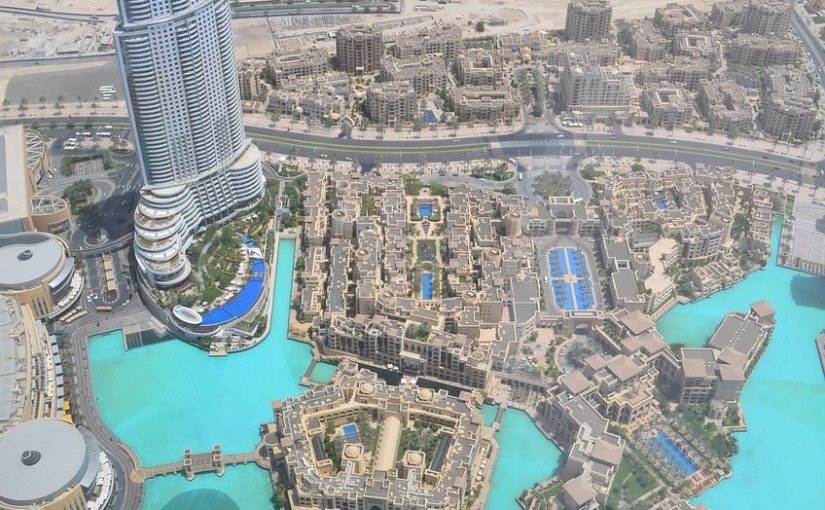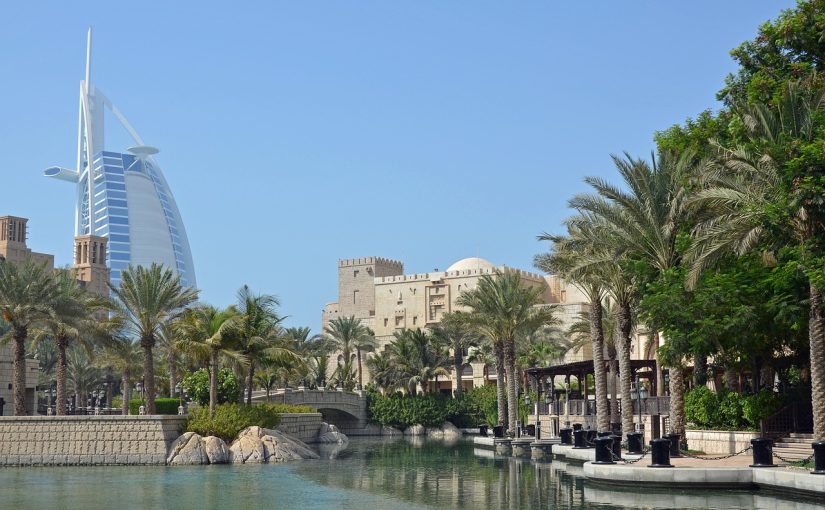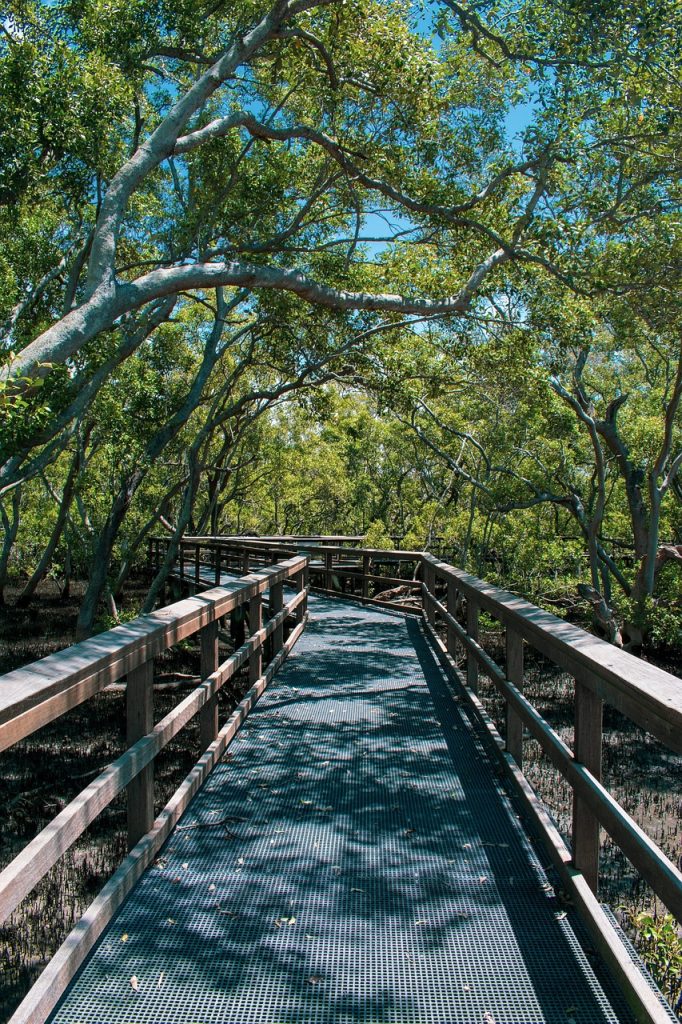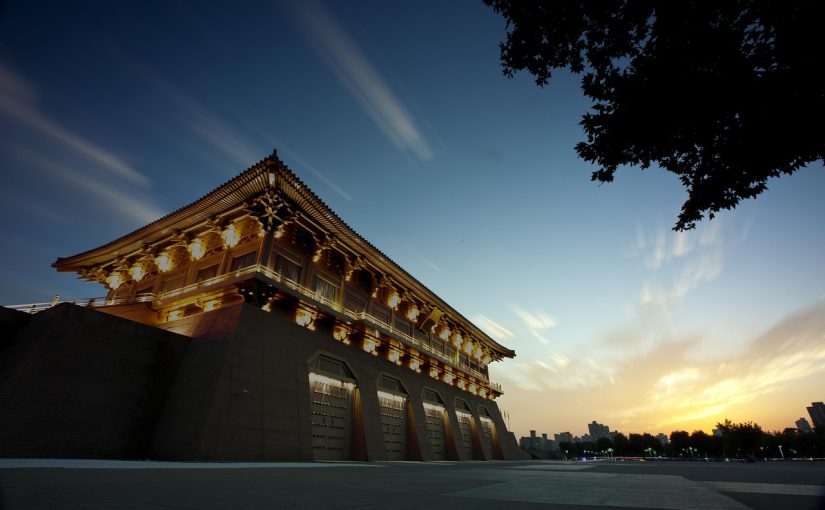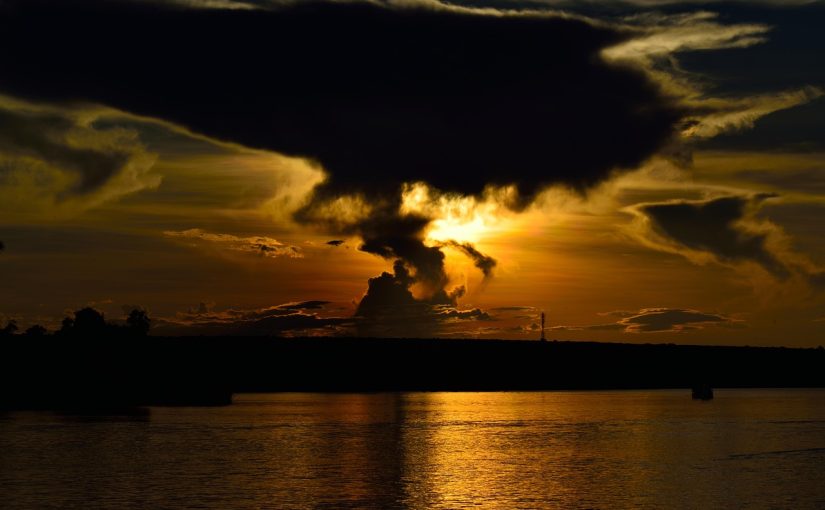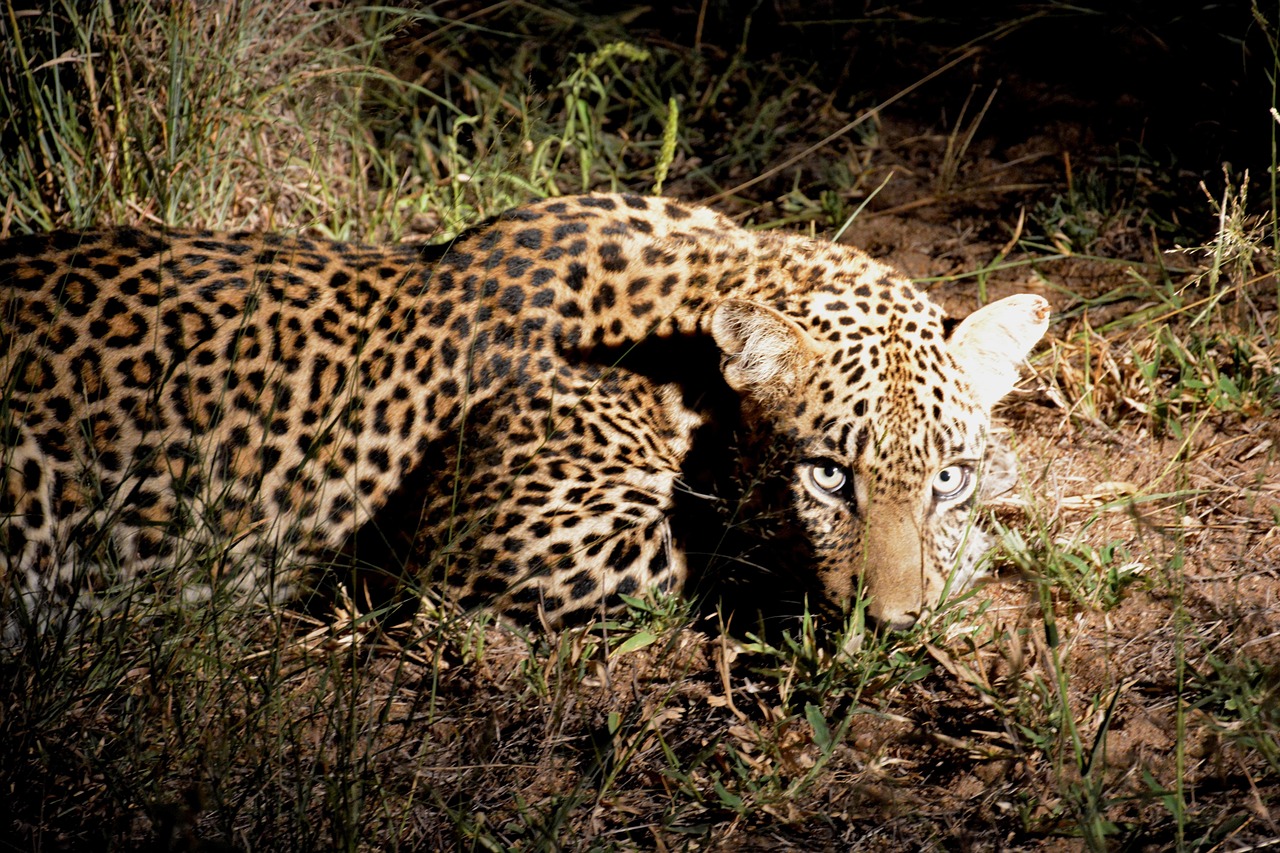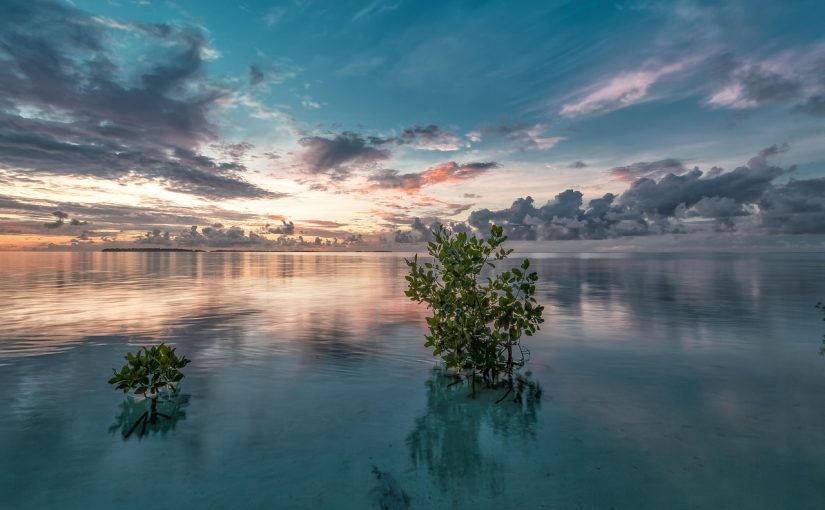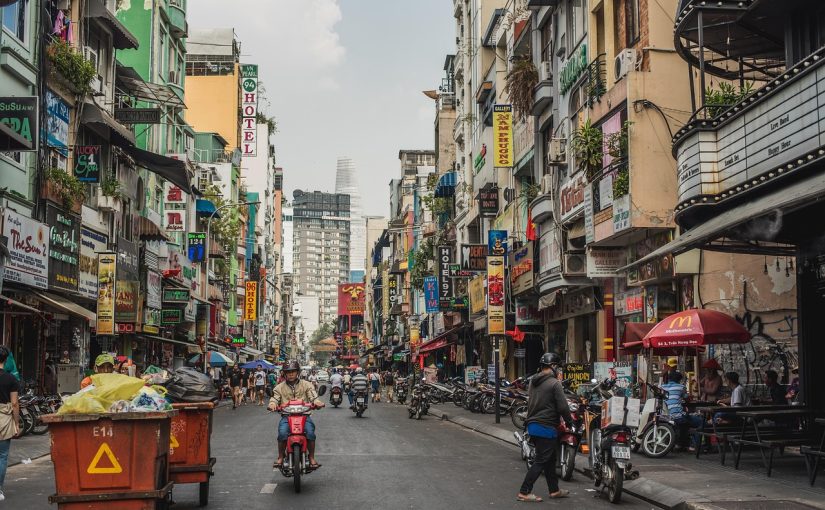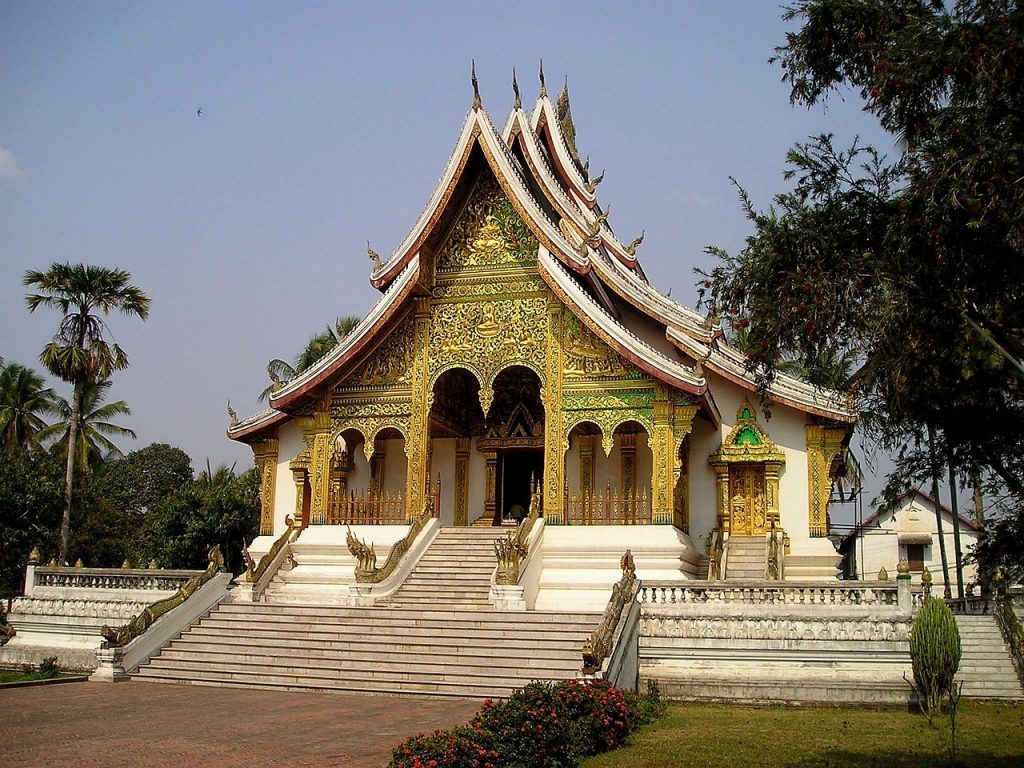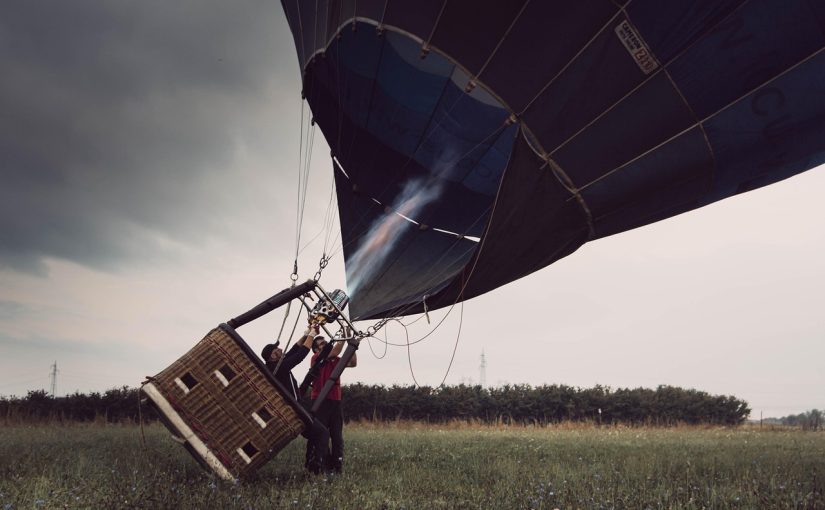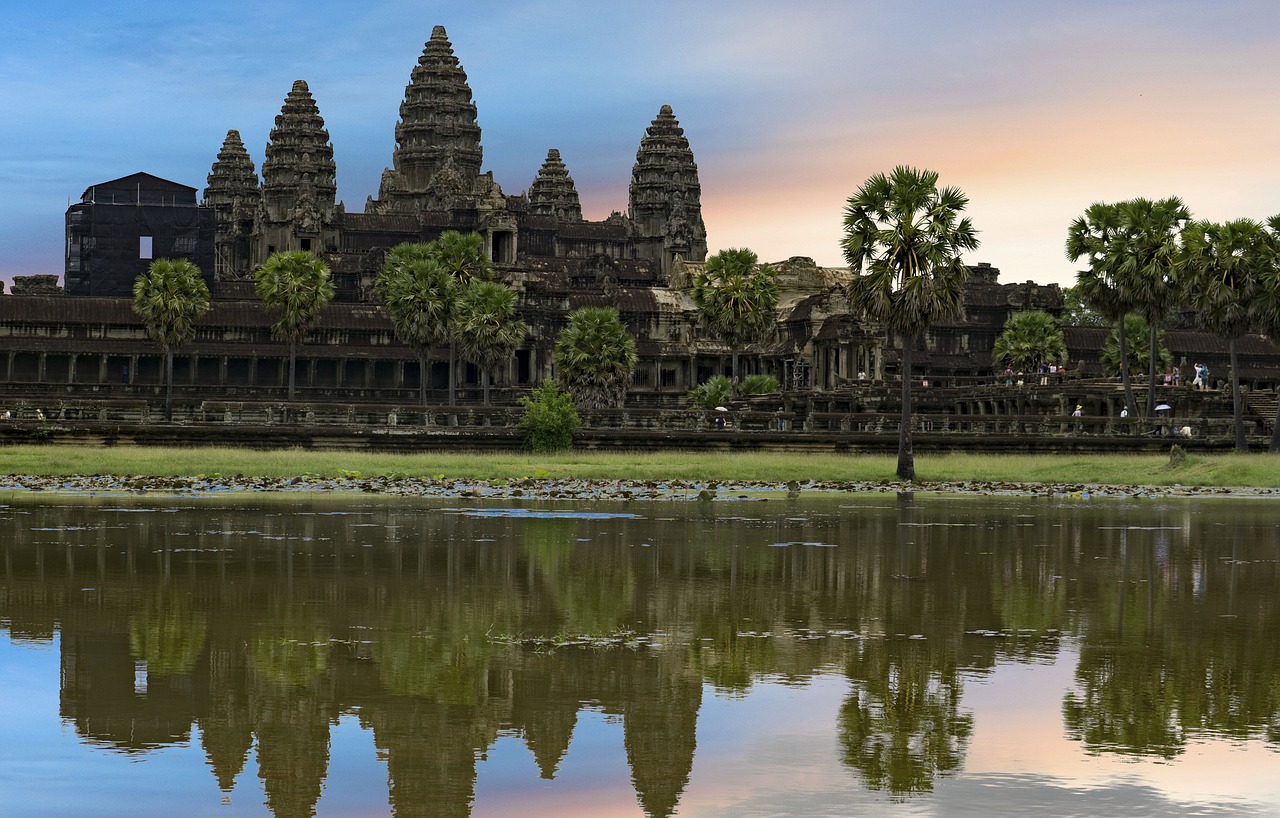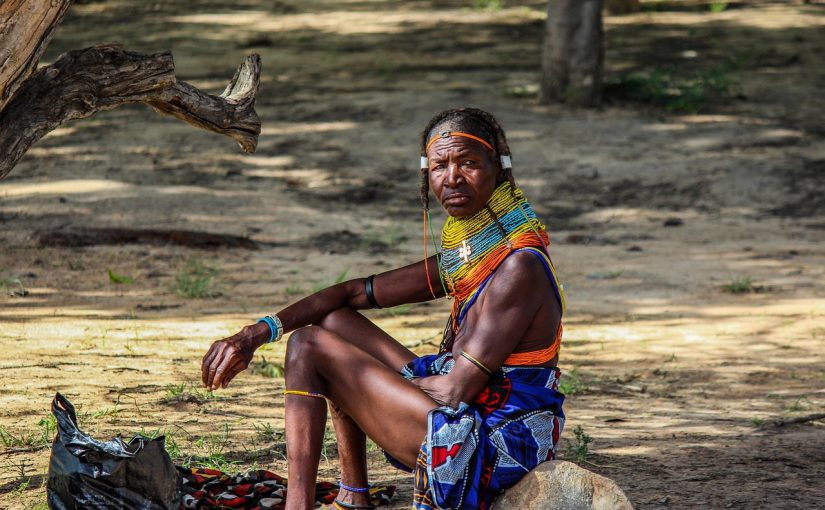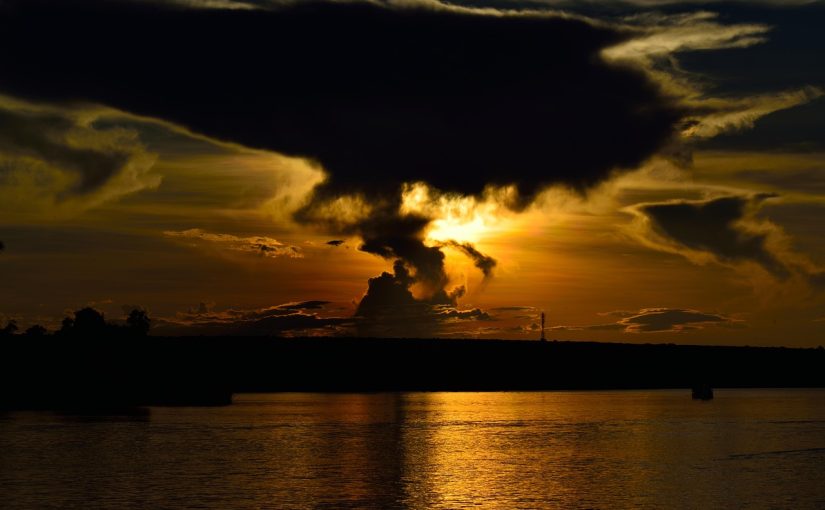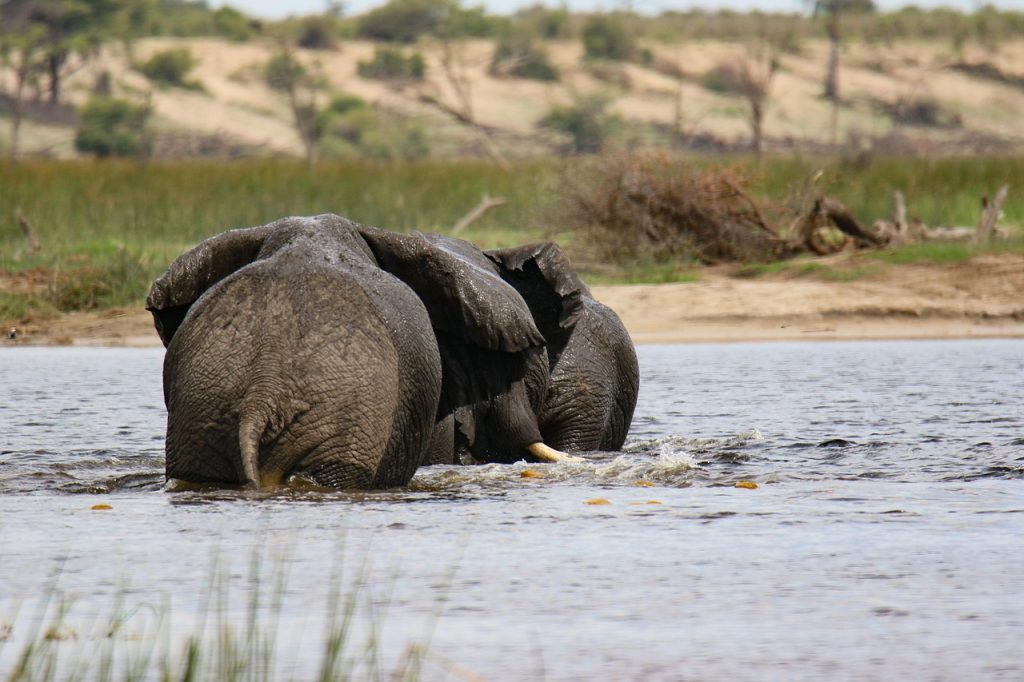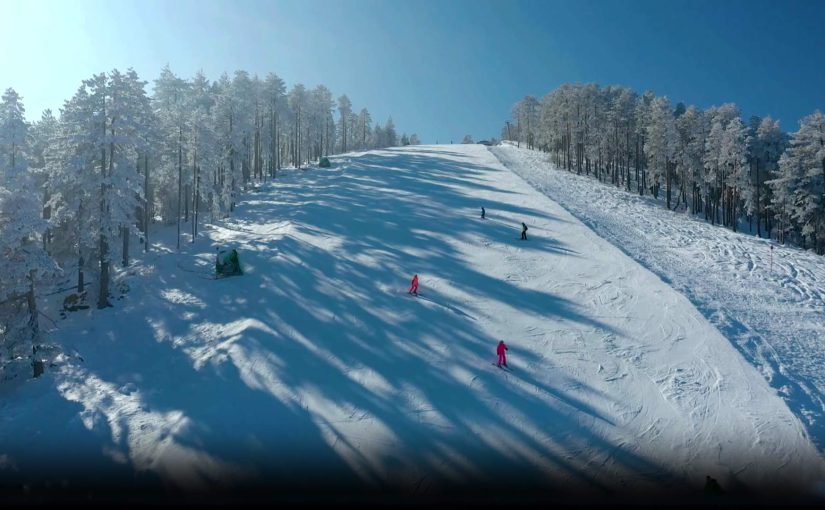Dubai may be synonymous with glitz and glamour, but don’t forget it’s a great place for those looking to go hiking or even enjoy foot-powered sightseeing. Whether you are a seasoned hiker or more of a casual stroller (no judgment here!), these are some sites worth heading to.
Sites in the City
Starting things off with sites in the city itself, which can be reached while staying at properties like Oaks Ibn Battuta Gate Dubai. For scenic urban strolls, head to the Dubai Water Canal and Dubai Marina Walk. Meanwhile, the Mushrif, Safa and Creek parks offer dedicated tracks if you prefer green over concrete. And for culture with your cardio, explore the narrow lanes of the Al Fahidi Historical Neighbourhood on foot.
Al Qudra Lakes
Those based at the top luxury hotels in Dubai can plan excursions to the Al Qudra Lakes, perfect for a peaceful walk surrounded by nature. The sand might slow you down a bit, but who needs a treadmill when the dunes do the work? Of course, part of the joy of exploring this area is the chance to see wildlife too, from bird species like swans and flamingos to the occasional oryx.
Hatta
For something a bit more rugged, head to Hatta in the Hajar Mountains. With over 32 km of marked trails (free and open all year) on offer, suffice it to say, it’s a hiker’s paradise. The terrain varies, so whether you are up for a gentle stroll or a challenging climb, there’s something for you. Pro tip: Don’t miss hiking to the ‘Hatta’ sign that’s perfect for photos (and selfies!) amidst breathtaking landscapes.
Nearby Emirates
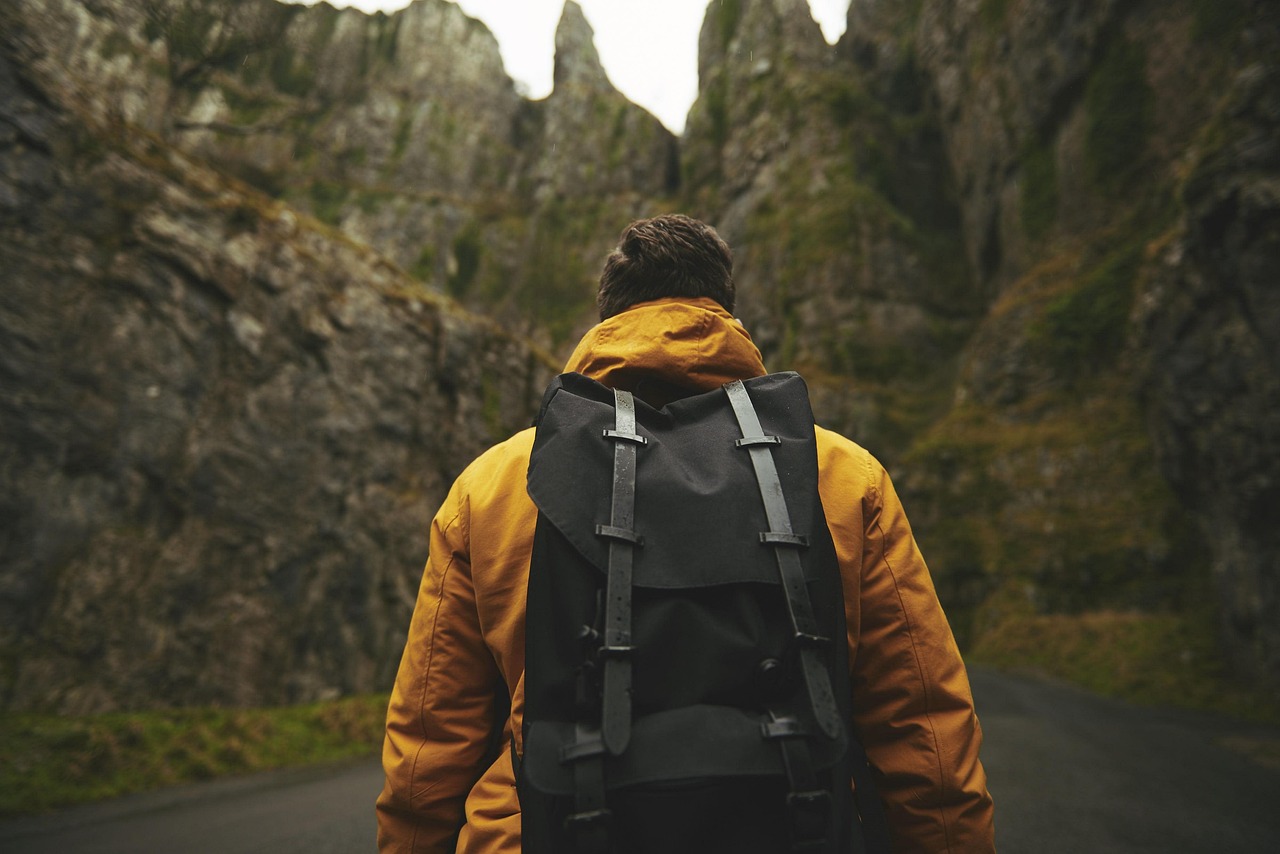
Keep in mind that when it comes to hiking in Dubai, you can also enjoy adventurous treks in nearby emirates as well. In Sharjah, Fossil Rock offers desert views and a chance to see ancient fossils, too. In Fujairah, Wadi Ghub’s colourful Rainbow Valley is Instagrammable as it gets. These hikes give you the best of both worlds: nature, novelty, and a story to tell when you are back in the city!
